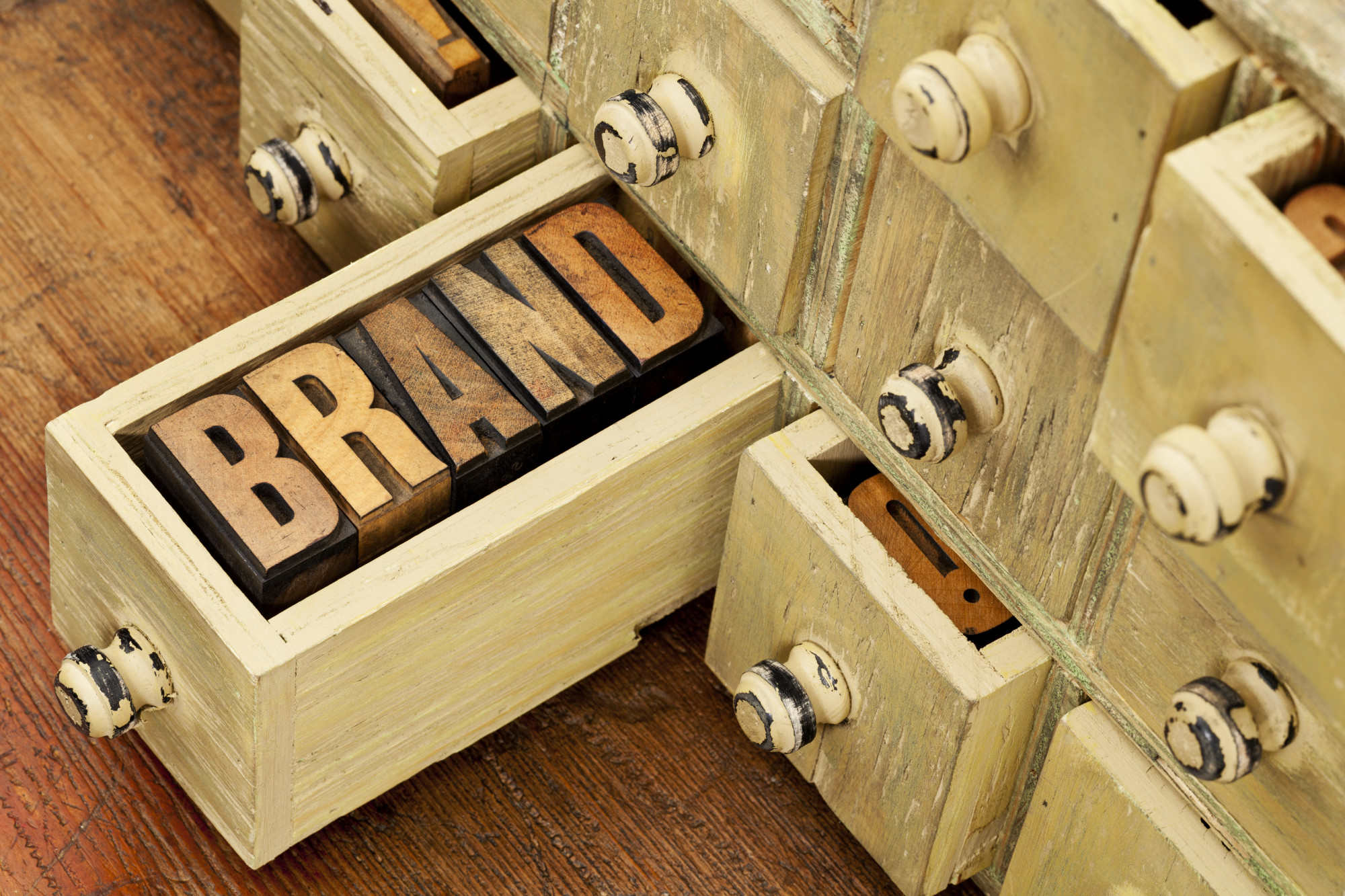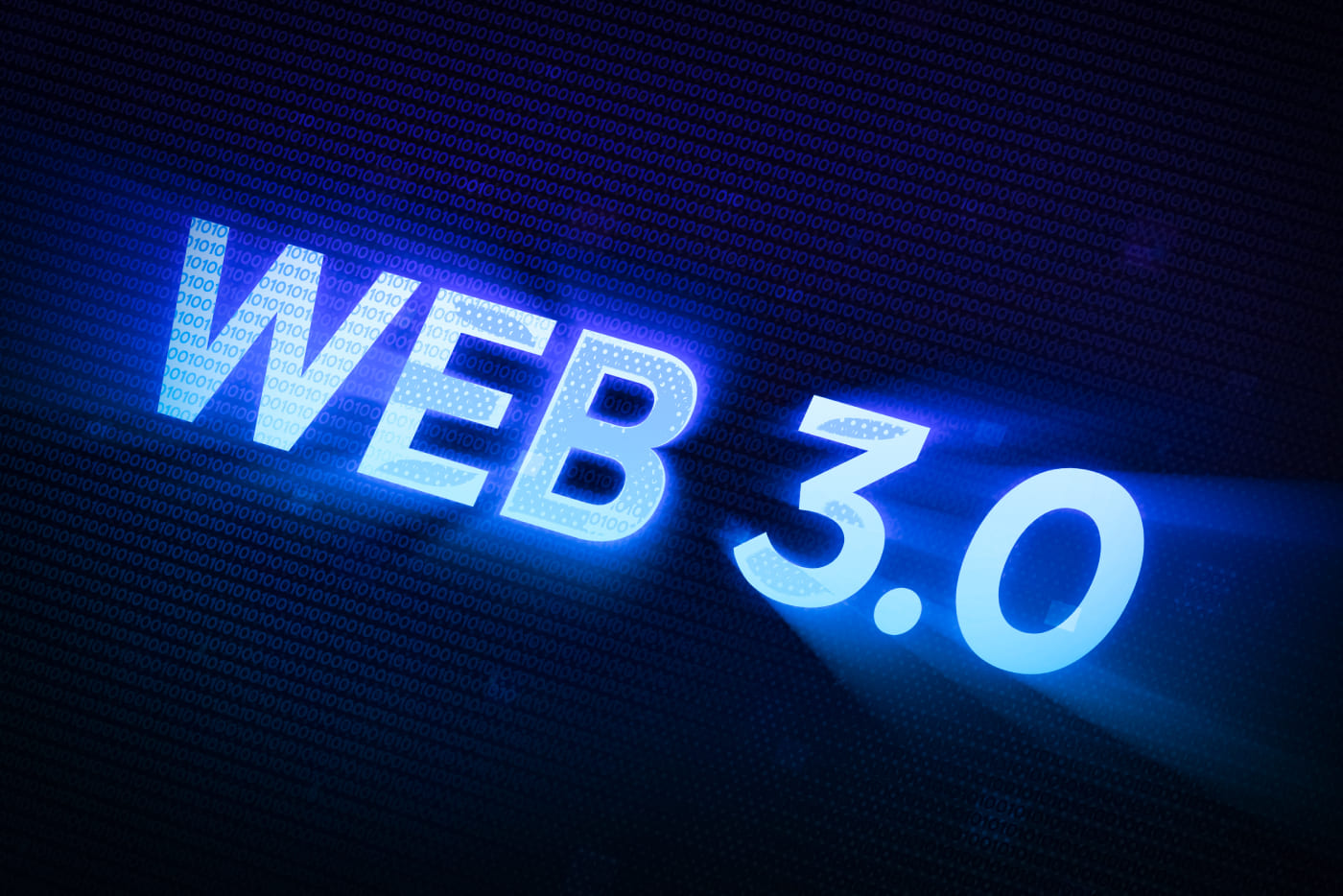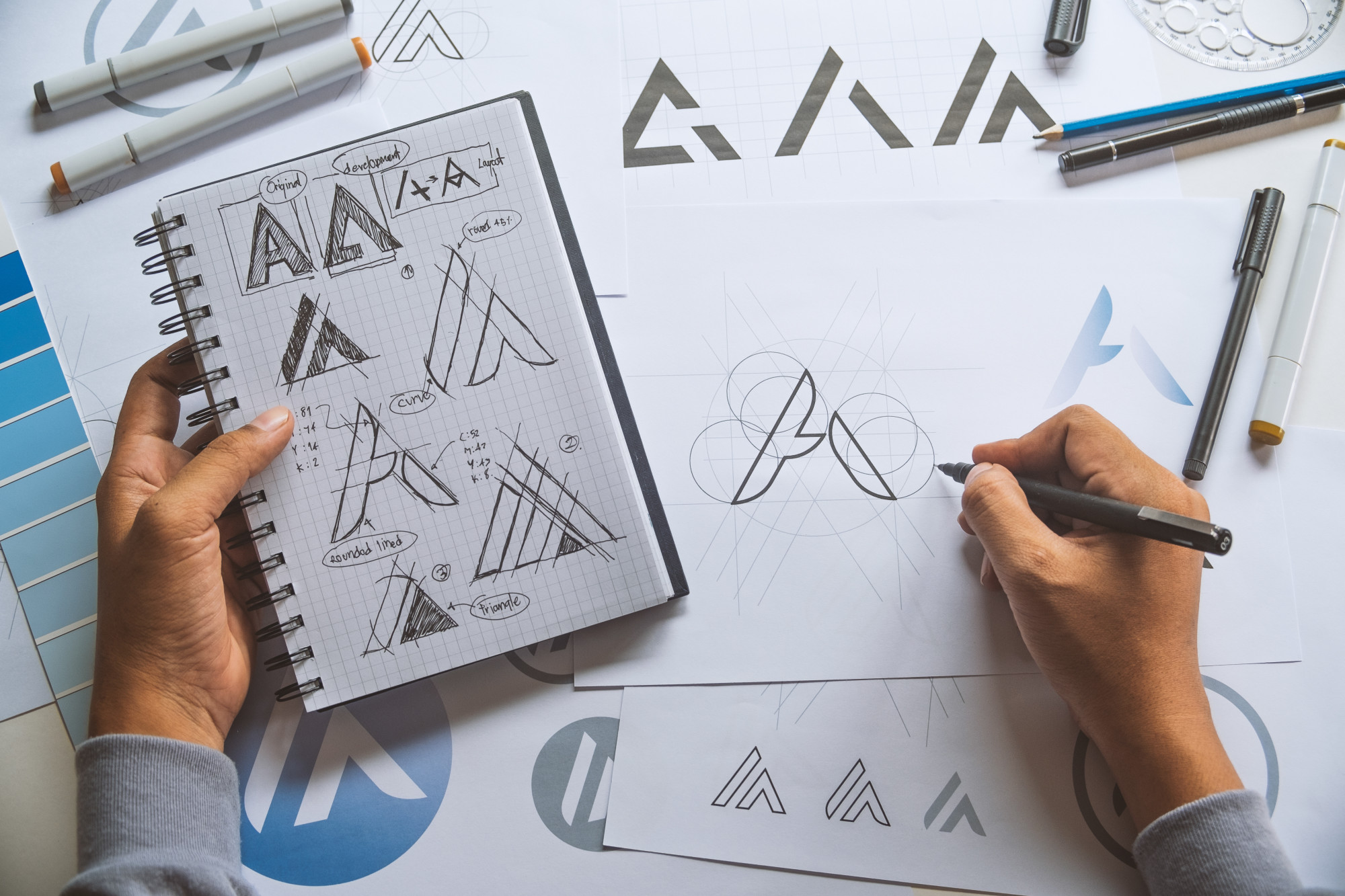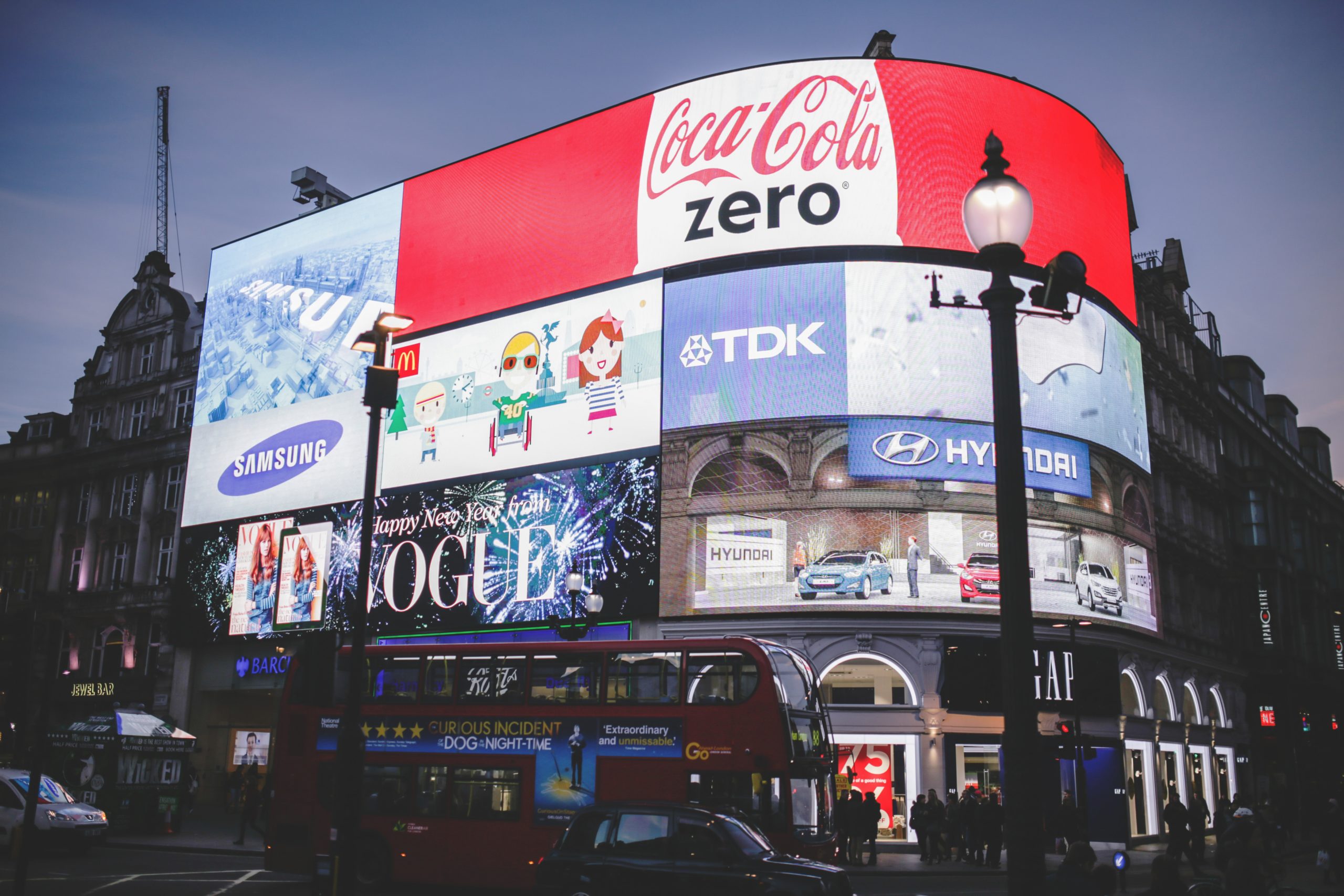The brand funnel is a model that helps a company understand how customers go from becoming aware of their product to actually buying said product.
From data privacy rules to ad blockers, companies in Canada today are finding it more difficult to connect with and reach new consumers. Additionally, consumers in the 2020s are more informed and don’t want to be sold to; they also don’t want their private information sold to the highest bidder.
People will buy when they know, like, and trust your brand. Shifting consumer perception to see your brand as the go-to choice and buy from you takes trust. If you treat growing an audience and getting them to buy from you like building a relationship with your brand rather than numbers you’ll see the benefits of effective branding.
How do you make content with this approach in mind? To do this effectively, you can use a brand growth model known as the brand funnel.
In this article, you’ll learn what the brand funnel is and how to use it to grow your brand through content and distribution.
What Is a Brand Funnel?
The brand funnel conceptually models the customer journey from the perspective of the customer. It measures brand awareness and brand love.
As with any customer journey mapping model, the brand funnel stages from top to bottom are:
- Awareness
- Consideration
- Preference
- Purchase
- Loyalty
- Advocacy
The first step in using this framework is to understand the steps of how your consumers move along the funnel to purchase. The second step is to analyze how and where consumers are not moving to the next stage of the funnel (the true value of using this model) and use these insights to guide your content.
Build Awareness
At the top of the funnel is brand awareness. In other words, how many people have heard of your brand and how does this compare with competing brands in the market?
In order to grow your brand awareness, you will need to grow your audience reach. This means marketing efforts should reflect the right content distribution mix with the intention of reaching new eyeballs. The objective of brand awareness campaigns is to get the brand name, product, and services in front of more people, more often, for longer.
Content Examples:
- exciting & engaging content about what you do
- co-create content with influencers, partners, and other brands that creates an association to how you can serve your audience
- paid advertising focuses on your key offering and brand values
- content that highlights your brand personality and like-ability
- leverage your brand narratives to tell stories of who you are and why you exist
The objective with your brand’s content at this step is to capture the attention of your ideal audience. Use your brand strategy to inform the language, messaging, unique brand personality, unique positioning, and look and feel of your content to create a memorable impression in the consumer’s mind.
Consideration
Once you’ve caught the attention of your audience through exciting and relevant content, you’ll need to start building trust. This brings the consumer to the next level in your brand funnel: general familiarity or unaided awareness of your brand.
At this point in the funnel, your objective at this level is to deepen trust to influence a purchase through a compelling offer clearly communicating the product benefits.
Content Examples:
- identify a specific pain point and highlight how your product addresses it
- testimonials & reviews
- user generated content showing how others are using the product
- showcase the features & benefits
Remember to focus at this stage on answering what you can do for your customer and who you are as a brand. Show them why they can trust you and that your offering is something they need and want.
Preference
This next level in your funnel is the preference stage. Viewers have taken the time to learn more about your offer and brand. Now they’re comparing you to your leading competitor and deciding with whom they prefer to work. Your objective here is to differentiate yourself against your competitors.
You can do this by establishing your brand’s value proposition. This clearly shows how you’re different and why that’s better for your potential customer.
Content Examples:
- comparing your offering to a direct competitor
- highlight your value propositions
- contextualizing your product or service
- double down on features and key benefits
- testimonials highlighting key benefits/features
Finally, be sure to highlight any bonuses or guarantees you offer to make your customers more at ease with the next stage: the purchase.
Usage (Purchase)
At this stage, your prospect has decided to use your brand. They’ve converted from a prospect to a buyer. It’s time to further the relationship with your reader by offering them more valuable content.
Your objective here is to continue to showcase any new features that have been developed as well as build brand loyalty. You can do this by offering amazing customer service and showing continued customer love.
By focusing on the customer experience, you will build trust and authority within your industry.
Content Examples:
- promotions or discounts
- differentiating key benefits
- testimonials
- what is the customer service journey?
- exclusive offers
- amplify brand values and purpose
This is a critical step, and too many brands want to not only skip straight here but then also want to stop here. Don’t make either mistake.
Loyalty and Advocacy
Now that you’ve converted your prospect into a buyer, it’s time to build a loyal follower. This is someone who will share your social media posts and help you further your brand awareness as a brand ambassador.
The loyalty stage is the measurement of those who made an initial purchase and have since made subsequent purchases. And of these people, these ones would recommend your brand based on their experience.
Your objective here is to remember that your job doesn’t stop with the sale. Nurture the relationship by continuing to add more value and influence them to become raving fans.
Content Examples:
- offering tips as well as how-to instructions and videos
- engage directly with your customers by ensuring that they understand all your product or service has to offer them
- highlight your rewards or referral programs
- new features or services
At this stage, brand messaging continues to play an important role. Your focus is shifting to customer experience and bringing joy to the lives of your customers.
The problem is that too many companies want to jump to the end without first following the brand funnel. When you follow the framework laid out above, you can begin to make educated decisions for your content marketing strategy.
Follow a Model That Works
Building a content strategy using the brand funnel allows brand managers and marketers measure and track how their marketing efforts are tracking positively to improving brand growth and brand love.
As a small business or start-up, it is crucial to invest time and effort in defining a brand strategy. It is translated across every aspect of your business especially marketing.
Let’s help you build a brand people will love and buy from. We can show you the steps to building your brand funnel and get you on the right path to building meaningful content that will convert your audience and increase your profits.
Schedule a free 30-minute clarity call to see how you can benefit from brand strategy.





